Pawpaw Tree
$119.50 Original price was: $119.50.$83.65Current price is: $83.65.
- Free Shipping over $25
- Fast & reliable delivery options
- Enjoy top quality items for less
- Multiple safe payment methods

Maybe it is a sign of modern times that we are returning to the days when much of our garden space was home to edible plants. In a world where the provenance of the food that we eat has become increasingly important, with the desire to know how and with what chemicals our fruit and vegetables have been sprayed, many of us are looking to our own gardens for good healthy clean food.
While herbs, root and vine vegetables are obvious choices, as are various fruit trees, we often discard the idea of having something slightly more exotic; perhaps we feel that these must require more specific climates and care. All this means that it is easy to overlook the Pawpaw as a way of adding colour and interest to our green spaces, with its attractive triangular shape, interesting flowers and tropical looking leaves and fruits. In fact, many are not even aware that this exotic plant can be grown easily and with very little fuss, right on our own properties.
Growing Pawpaw Trees
The Pawpaw is a moisture loving plant and will thank you for being planted alongside water with a good amount of sun, although it will cope quite well in less wet and boggy conditions and even under partial shade. In its natural environment you will find the Pawpaw at home under the canopy of woodland trees, alongside running streams and throughout ravines, usually in good sized clumps.
When left to their own devices they can send out suckers that allow the lone plant to spread and grow companions, but in your garden this is easy to control. Just rely on a keen eye to pick off these suckers or, by utilizing a lawnmower, scupper these attempts to spread; this also ensures that you will end up with a beautiful pyramidal tree. If you have the space, however, and the prospect of a healthy clump of Pawpaw appeals to you, then in time you will find this is relatively easy to achieve. These unusual plants send a deep taproot straight down into the ground when planted and do not much appreciate being moved once they are settled, so be sure that you are completely happy with your chosen spot before digging the hole and popping it in.
Pollination Your Trees
The most successful way to get your Pawpaw to bear fruit is with a little physical encouragement of your own, and certainly the best thing is to have two trees from different varieties. Although they can be pollinated in the traditional way through attracting flying insects to carry the pollen for them, by far the most effective way to encourage fruiting is to take a small painting brush and collect the pollen from the male flowers of one tree and gently introduce this to the female flowers of another tree.
This is not remotely time consuming, and it’s something that will reward you well when you are able to pick the almost ripe fruits (leave them too long and they will fall) and enjoy them at your leisure. These are actually very delicate fruits that bruise easily and do not travel well, so it is rare to see them in supermarkets despite them being the largest native fruit in North America. Then again who needs to pay over the odds in a grocery store for this tasty and nutrient-rich fruit when you can grow them yourself in your own backyard? There are plenty of tutorials online that will give you step by step guides on how to best achieve good crops, so do seek them out.
Benefits to Wildlife
Of course, we are not the only ones who enjoy these succulent, sweet and healthy fruits; they are a good food source for foxes, opossums, raccoons and squirrels, so be sure to let some fall in order to benefit the wildlife that visits your garden. The Pawpaw tree also attracts the beautiful Zebra Swallowtail Butterfly, whose larvae feed only upon the leaves of this plant. Also called the Pawpaw Butterfly, the larvae are never present in large enough numbers to cause any damage to the tree itself, and so you can just relax and enjoy the visits of these stunning and dramatic winged creatures with their long swallow-like tails and bold flash of red.
Adding Pawpaw Trees to Your Garden
So, while we all remember to look for impressive trees, delicate or bold striking flowers and cascading creepers to add color and texture to our properties, why not give some space over to this unusual fruit-bearing tree with its avocado-like leaves, and its weird and wonderful banana like fruits that please humans, animals and butterflies alike. Productive as well as beautiful – that is really what all gardens should be like.
Be the first to review “Pawpaw Tree” Cancel reply
Related products
Lilacs
Other Shrubs & Hedges
Rhododendron
Pieris
Butterfly Bush
Butterfly Bush
Lilacs
Knock Out® Roses


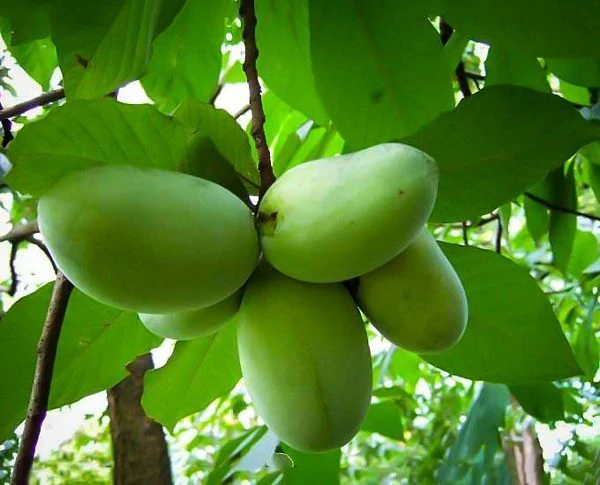


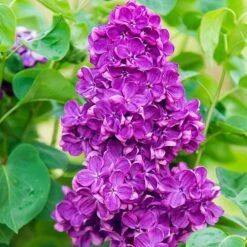
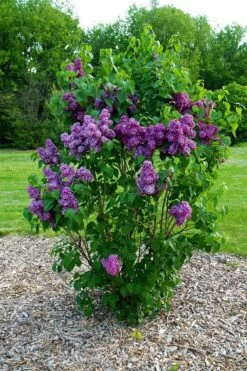
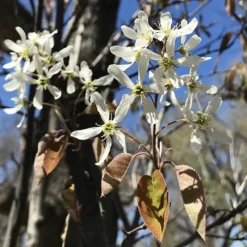


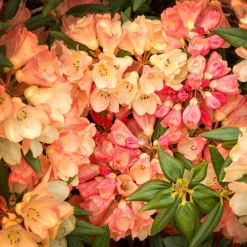

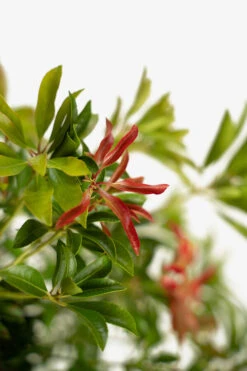

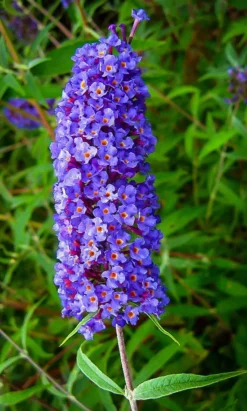

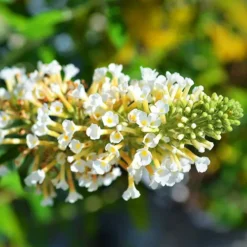

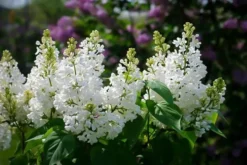

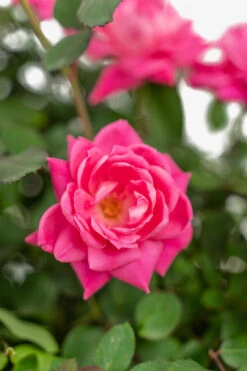
Reviews
There are no reviews yet.